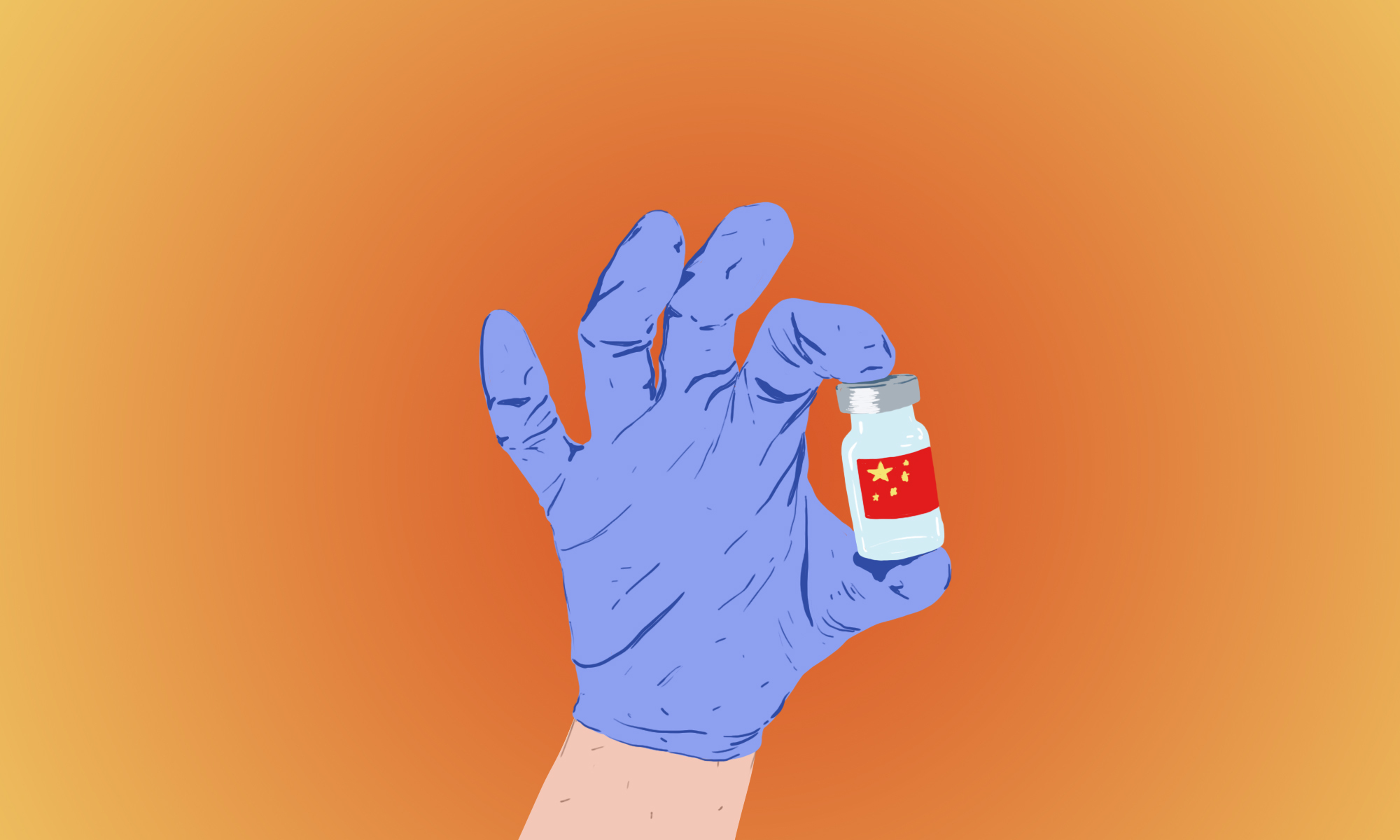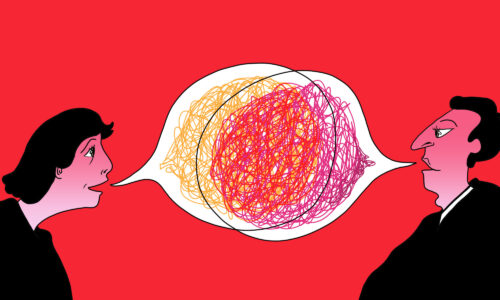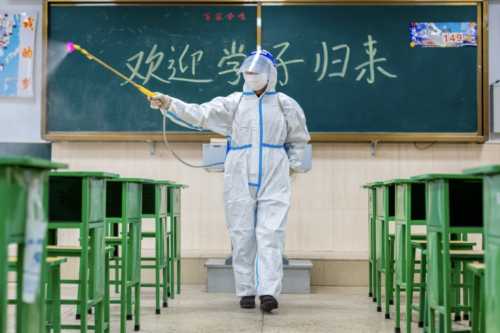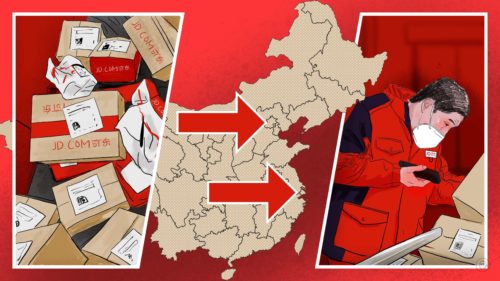WHO approves China’s Sinopharm vaccine for emergency use
Sinopharm’s COVID-19 vaccine is the first Chinese-made shot to ever be approved for emergency use by the World Health Organization. The step affirms China’s growing scientific power, but is expected to have limited impact on vaccine supply in the short term.

As India struggles to cope with a surge of COVID-19 cases, highlighting the continuing risks of the viral disease to a still overwhelmingly unvaccinated world, official bodies have taken two steps this week to increase supply and distribution of lifesaving shots.
- Earlier this week, the U.S. government agreed to work to temporarily waive patent protections for vaccines, in a reversal of policy that was fiercely opposed by the patent holders, but supported by India and almost 60 other countries.
- Today, the World Health Organization gave emergency authorization to China’s Sinopharm vaccine, the Financial Times reports, allowing the COVAX international distribution program to purchase large amounts of the shot to divvy out to developing countries.
Unfortunately, neither step is expected to immediately boost supply in a significant way, even if they might do so in the long run.
- The U.S. move could be “pretty marginal,” experts told the Washington Post, largely because other countries won’t be able to use the IP to make their own shots until all 164 members of the World Trade Organization reach a consensus — a process that could take many months.
- The Sinopharm approval might not have an effect for the “coming two to three months,” global health expert Yanzhong Huang told the New York Times, because Chinese vaccine manufacturers are currently straining to meet demand for shots at home and abroad.
But there are a few other major implications of the Sinopharm approval by WHO:
- Notably, it is the “first vaccine of any kind made in China to receive emergency use authorization from the WHO,” the FT notes.
- “China’s reputation as a rising scientific superpower just got a big boost,” the NYT adds.
- The move “gives countries confidence to expedite their own regulatory approval,” WHO chief Tedros Adhanom Ghebreyesus said today.
The efficacy question
As soon as shots started going into arms in multiple countries late last year, clinical trial results indicated that Chinese vaccines against COVID-19 may be less effective than some others, such as those from Pfizer and Moderna.
- Chinese companies, including Sinopharm, didn’t do their reputation any favors by dragging their feet on publishing full clinical trial data in medical journals.
- Chinese and international media then leapt on remarks from China’s CDC director last month as he worried about the “not high” efficacy of vaccines, but he denied that he had been “admitting” to a low effectiveness of Chinese vaccines.
WHO says that Sinopharm is 78.1% effective in adults aged 18–59, but experts said there was insufficient data about effectiveness and side effects in older people.
- This is comparable to AstraZeneca, one of the most widely distributed vaccines, but lower than the efficacy of Pfizer and Moderna, at more than 90%.
The bottom line: While a vaccine of slightly lower efficacy is still very valuable to public health and keeping vulnerable people out of hospitals — real-time data of the Sinovac shot in Chile shows this very clearly — it is more difficult to achieve something approaching “herd immunity” with a shot like Sinopharm. Two examples:
- The Sinopharm shot has been widely rolled out in the Seychelles, but the archipelago is still seeing a large surge in cases right now.
- The Pfizer shot has been rolled out to similar levels in Israel, where COVID-19 has been largely suppressed.






